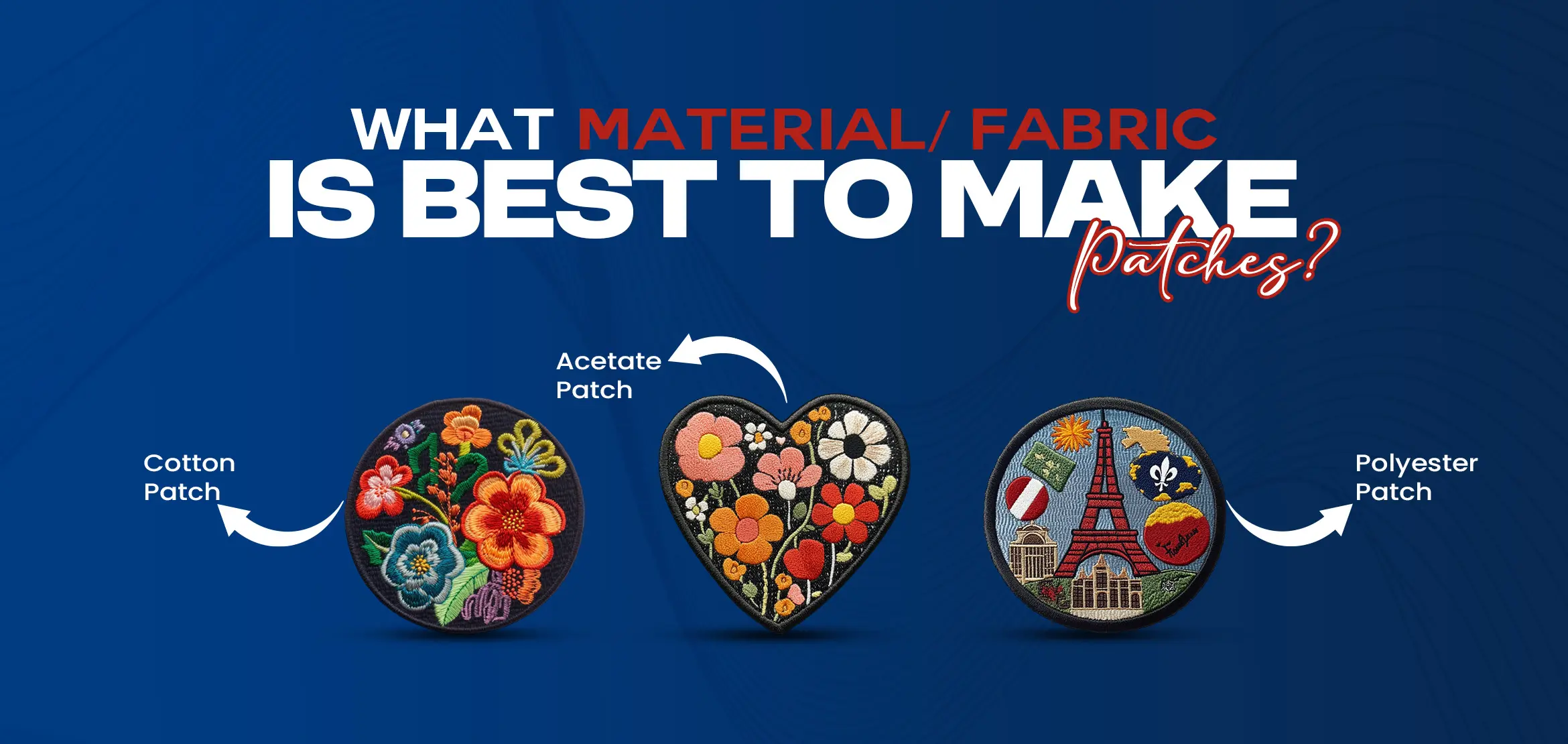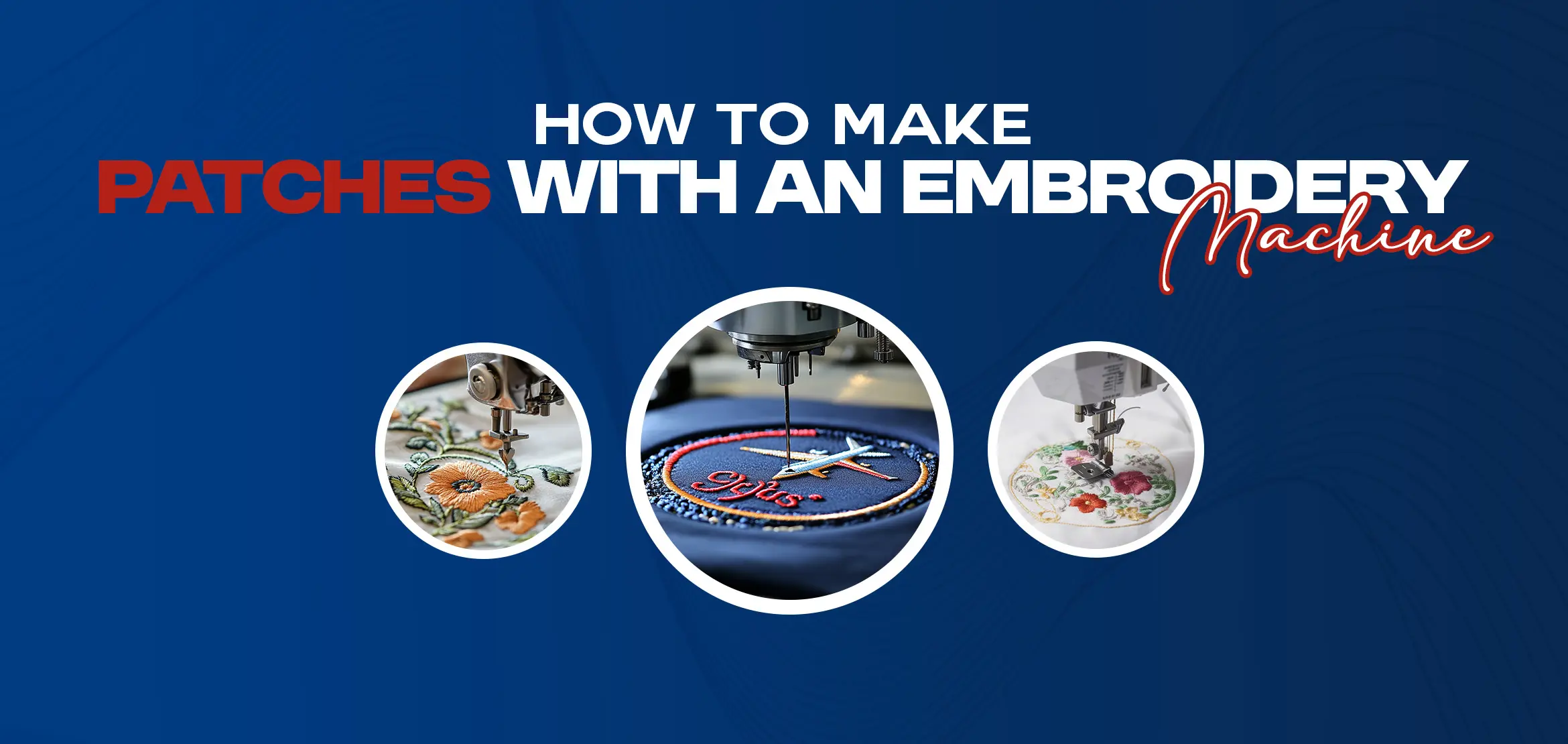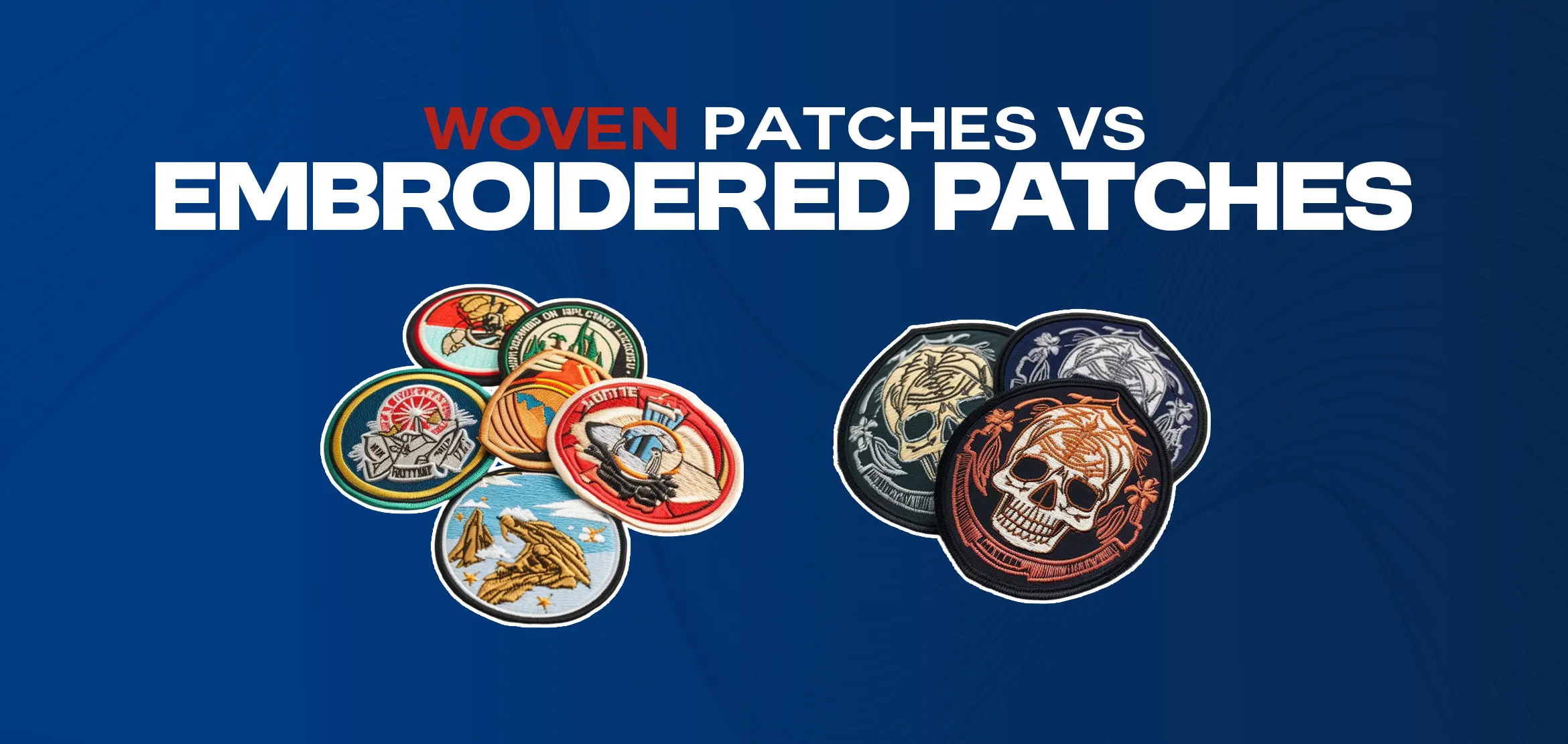
Patch Embroidery 101: From Design to Execution
Table Of Content
- Choosing the Right Design for Your Patch Embroidery
- Understanding Different Types of Patches
- Essential Materials for Patch Embroidery
- The Art of Digitizing: Converting Designs for Patch Embroidery
- Selecting Fabrics and Backings for Durability
- Embroidery Machines: A Beginner's Guide
- Thread Selection and Color Coordination
- Hooping Techniques for Perfectly Aligned Patches
- Mastering Basic Embroidery Stitches
- Troubleshooting Common Patch Embroidery Issues
- Adding Personal Touch: Customizing Patches
- Creative Placement Ideas for Patches
- Finishing Touches: Trims, Borders, and Edges
- Caring for and Maintaining Embroidered Patches
- Conclusion
- FAQs (Frequently Asked Questions)
Embarking on the captivating journey of patch embroidery opens a world of creativity and self-expression. In this introduction, we explore the origins and evolution of patch embroidery as a timeless art form. From its humble beginnings in hand-stitched traditions to the contemporary realm of machine-embroidered designs.
This article sets the stage for a comprehensive understanding of the craft. Discover the unique appeal of patches and how they've become a symbolic means of personal storytelling through the artful combination of thread, fabric, and design.
Choosing the Right Design for Your Patch Embroidery
In the realm of patch creation, the choice of design is paramount. Ensure that the design aligns with the purpose and resonates with your target audience. Consider factors such as size, intricacy, and intended application. A well-chosen design not only enhances the aesthetics but also communicates a clear message. Making your patch embroidery more impactful and memorable.
Understanding Different Types of Patches
Dive into the diverse universe of patches, each presenting unique characteristics. Explore options such as embroidered, woven, and PVC patches, each offering distinctive aesthetics and durability. Understanding these variations empowers you to make informed decisions. Tailoring your choice to match both your personal preferences and the practical requirements of the intended use.
Essential Materials for Patch Embroidery
Embark on a journey through the fundamental materials crucial for successful patch embroidery. From selecting high-quality threads to choosing suitable fabrics and backings, attention to materials is key to achieving professional results. This comprehensive understanding ensures not only the visual appeal of your patches but also their longevity and resilience.
The Art of Digitizing: Converting Designs for Patch Embroidery
Delve into the intricate process of digitizing, a crucial step in converting designs for embroidery. This art involves translating your chosen design into a format compatible with embroidery machines. Mastery of digitizing ensures that the nuances of your design are faithfully captured in the final embroidered patch, contributing to its overall quality and visual impact. Explore software options and techniques to refine this skill.
Selecting Fabrics and Backings for Durability
Navigate the world of fabrics and backings, crucial elements for the durability of your patches. Consider the intended use and environmental factors when making these choices. Whether it's a weather-resistant outdoor patch or a delicate garment embellishment. Selecting the right combination of fabrics and backings ensures your patches withstand the test of time, maintaining their quality and appearance.
Embroidery Machines: A Beginner's Guide
Embark on your embroidery journey by understanding the basics of embroidery machines. Explore the features and functionalities of different embroidery machines, considering your skill level and project requirements. This guide aids beginners in making informed decisions, ensuring a seamless transition from design to embroidered reality.
Thread Selection and Color Coordination
Unlock the world of thread selection and color coordination to elevate your patch embroidery. Understand the impact of thread types, weights, and colors on the final result. Learn to harmonize colors for maximum visual appeal and convey the desired message through thoughtful and strategic color choices.
Hooping Techniques for Perfectly Aligned Patches
Master the art of hooping for precise alignment in patch embroidery. Proper hooping techniques contribute to consistent and professional-looking results. Explore different hooping methods, ensuring that your patches are perfectly aligned, enhancing the overall quality of your embroidery projects.
Mastering Basic Embroidery Stitches
Grasp the essentials of basic embroidery stitches to add depth and texture to your patches. Whether it's a satin stitch, running stitch, or French knot, mastering these techniques enhances your embroidery skills. Develop proficiency in various stitches to bring your patch designs to life, showcasing intricate details and craftsmanship.
Troubleshooting Common Patch Embroidery Issues
Equip yourself with troubleshooting skills to address common challenges in patch embroidery. Before starting to search for these common pitfalls, address issues ranging from thread tension problems to design distortion. Enhance your problem-solving abilities, ensuring that your embroidery projects progress smoothly and result in high-quality patches.
Adding Personal Touch: Customizing Patches
Explore the art of personalization to create truly unique patches. Whether adding names, dates, or custom elements, personal touches make your patches stand out. Learn techniques for customization, fostering a connection between your patches and their intended recipients. Elevate your creations by infusing them with a touch of individuality and meaning.
Creative Placement Ideas for Patches
When it comes to patch embroidery, the placement of your patches can greatly influence the overall aesthetic of your garment or accessory. Explore creative placement ideas to make your patches stand out. Consider asymmetrical arrangements for a modern and dynamic look, or opt for a clustered arrangement to create a bold focal point. Experiment with placements on unexpected areas, such as sleeves, collars, or pocket flaps. To add a touch of uniqueness to your design.
Mixing and matching patch sizes and shapes can also contribute to a visually interesting layout. By exploring these creative placement ideas, you can transform a simple garment into a personalized and expressive piece that reflects your individual style.
Finishing Touches: Trims, Borders, and Edges
Elevate the visual appeal of your embroidered patches by paying attention to the finishing touches. Trims, borders, and edges play a crucial role in enhancing the overall look and durability of your patches. Experiment with various trims, such as satin, merrow, or overlock edges, to achieve different aesthetic effects. Borders not only add a polished look but also contribute to the longevity of the patch by preventing fraying. Explore contrasting or complementary thread colors for the borders to create a striking outline.
Additionally, consider incorporating decorative trims like lace or metallic accents for a touch of luxury. These finishing touches not only add a professional and refined appearance to your patches but also ensure they withstand the test of time.
Caring for and Maintaining Embroidered Patches
Preserving the quality and vibrancy of your embroidered patches requires proper care and maintenance. Avoid exposing your garments to harsh conditions, such as excessive sunlight or moisture, to prevent fading and deterioration of the embroidery. When laundering, turn your garment inside out to protect the patches, and opt for gentle cycles with mild detergents. If possible, hand washing is preferable to machine washing. Store garments with patches in a cool, dry place to prevent mold or mildew growth.
In case of wrinkles, use a low-heat iron and place a cloth between the iron and the patch to protect the embroidery. Regularly inspect patches for loose threads or signs of wear, repairing any issues promptly. By adopting these care practices, you can ensure that your embroidered patches remain vibrant and intact for years to come.
Conclusion
In conclusion, mastering the art of patch embroidery involves a journey through design, digitizing, material selection, machine operation, and finishing touches. Our embroidery services offer comprehensive insights, ensuring your patches convey a clear message with visual impact. From choosing the right design to troubleshooting common issues, we guide you through every step. Now, elevate your embroidery projects with our expertise—transforming simple garments into personalized, expressive pieces.
Explore creative placement ideas and perfect finishing touches, creating patches that withstand the test of time. Choose our embroidery services for a seamless journey from concept to vibrant reality.
FAQs (Frequently Asked Questions)
Q1. How does the article describe the journey of patch embroidery?
The article explores the evolution of patch embroidery from hand-stitched traditions to contemporary machine-embroidered designs. It emphasizes creativity and self-expression.
Q2. What factors should be considered when choosing a patch design?
Size, intricacy, and intended application are crucial factors in choosing a patch design. A well-chosen design enhances aesthetics and effectively communicates a clear message.
Q3. What is the importance of understanding different types of patches?
Understanding patches such as embroidered, woven, and PVC empowers informed decisions. It tailors choices to personal preferences and ensures practical suitability for the intended use.
Q4. Why is mastering digitizing crucial for patch embroidery?
Digitizing translates designs for embroidery machines, ensuring faithful reproduction. Proficiency in digitizing contributes to the overall quality and visual impact of the embroidered patch.
Q5. How does proper hooping contribute to patch embroidery quality?
Mastering hooping techniques ensures precise alignment, contributing to consistent and professional results. Different hooping methods enhance the overall quality of embroidered patches.









